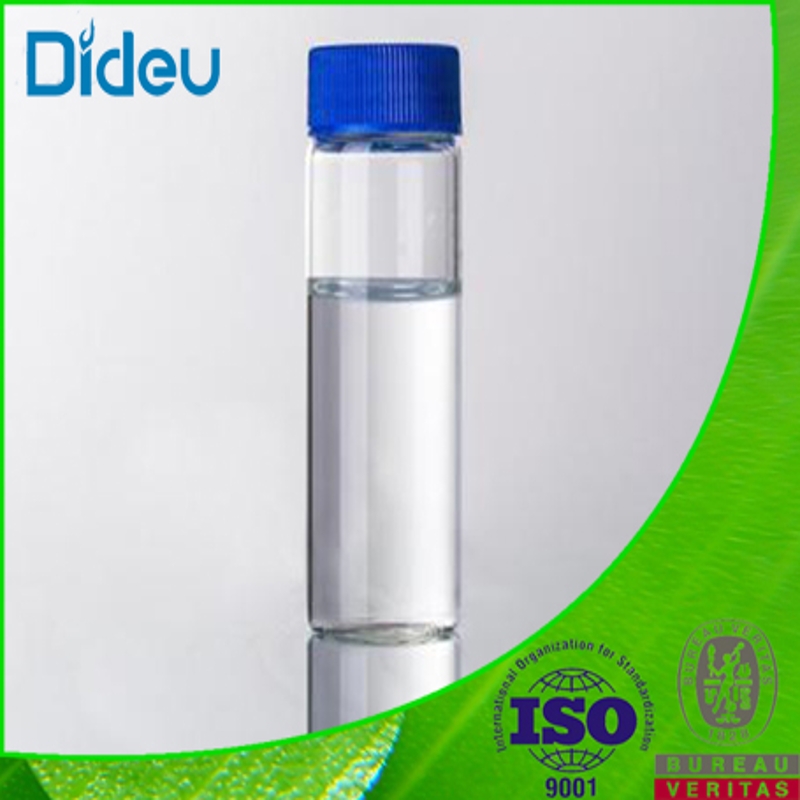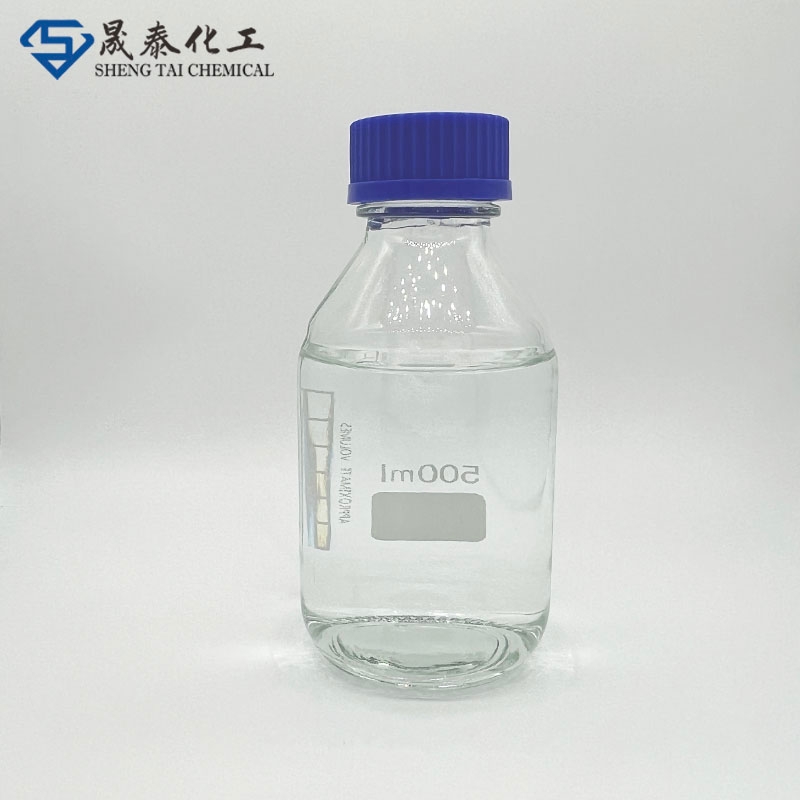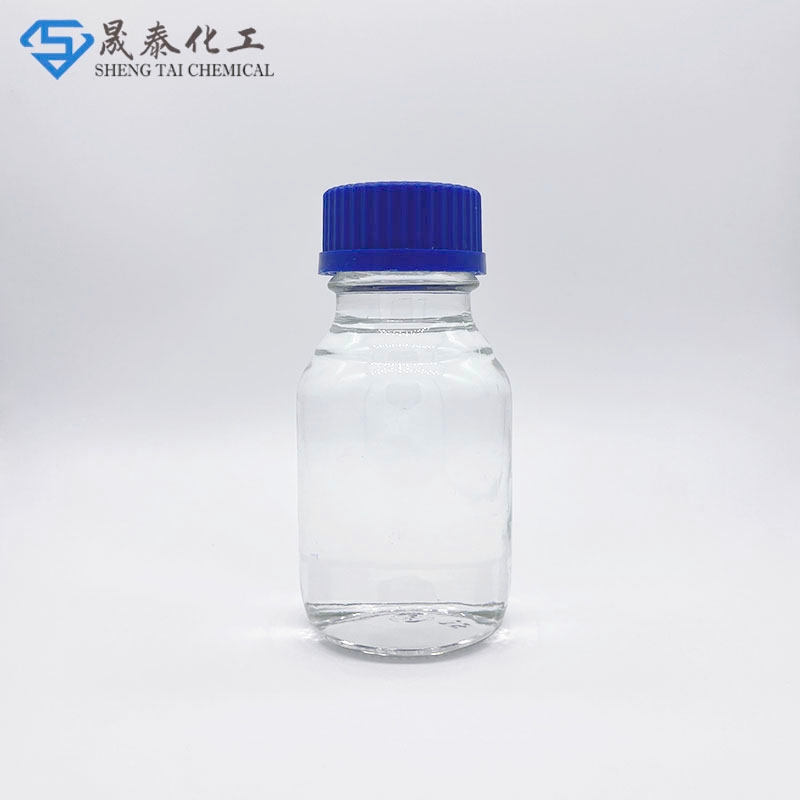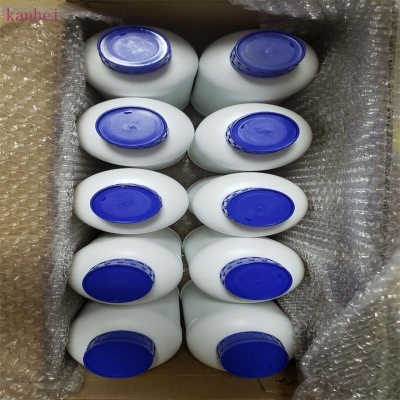Analytical Chemistry
- • Standard (1884)
- • Analysis Reagents (607)
- • Food Safety (411)
- • Liquid Chromatography (43)
Related News
Liquid Chromatography
Water
(7732-18-5)-
Pharmacy Grade / 99%
-
Biochemical Grade / 99%
-
Industrial Grade / 99.9%
-
- / 99.00%
Request for quotation , get quotes from more suppliers.
Propylene carbonate
(108-32-7)-
industrial Grade / 98%
-
Industrial Grade / 99.5%
$1550-2000/MT EXW
-
Industrial Grade / 99%
$1.52-1.82/KG FOB
-
Industrial Grade / 99%
Isopentane
(78-78-4)-
Industrial Grade / 99%
-
Industrial Grade / 99%
-
Industrial Grade / -
-
Pharmacy Grade / 99%
$13.38/KG FOB
Ligroine
(8032-32-4)-
Industrial Grade / 99%
-
Sodium disilicate,δ-samdwich crystal / 99%
-
API Grade / 99%
-
Industrial Grade / 99%
-
Pharmacy Grade / 99%
-
-
![4-Chloro-7-nitrobenzo-2-oxa-1,3-diazole buy 4-Chloro-7-nitrobenzo-2-oxa-1,3-diazole]()
Industrial Grade / 99.0%
-
![4-Chloro-7-nitrobenzofurazan buy 4-Chloro-7-nitrobenzofurazan]()
Request for quotation , get quotes from more suppliers.
Source Liquid Chromatography Products Supply
Fluorescein 6-isothiocyanate
(18861-78-4)-
![Fluorescein 6-isothiocyanate buy Fluorescein 6-isothiocyanate]()
Industrial Grade / 99.0%
-
![Fluorescein 6-isothiocyanate buy Fluorescein 6-isothiocyanate]()
-
![Fluorescein 6-isothiocyanate buy Fluorescein 6-isothiocyanate]()
-
![Fluorescein 6-isothiocyanate buy Fluorescein 6-isothiocyanate]()
Industrial Grade / 99%
Request for quotation , get quotes from more suppliers.
-
- / 99.00%
-
![Fluorescamine buy Fluorescamine]()
IndustrialGrade / 99.00%
-
![Fluorescamine buy Fluorescamine]()
-
![Fluorescamine buy Fluorescamine]()
Request for quotation , get quotes from more suppliers.
1,2-Dimethoxyethane
(110-71-4)-
Food Grade / 99%
$745.19/MT FOB
-
- / 99.9%
-
Industrial Grade / 99%
-
Industrial Grade / -
-
- / 99.00%
-
![Ferroceneacetic acid buy Ferroceneacetic acid]()
-
![FERROCENEACETIC ACID buy FERROCENEACETIC ACID]()
Industrial Grade / 99.0%
-
![Ferroceneacetic acid buy Ferroceneacetic acid]()
Request for quotation , get quotes from more suppliers.
NAM
(49759-20-8)-
![NAM buy NAM]()
-
![N-(9-ACRIDINYL)MALEIMIDE buy N-(9-ACRIDINYL)MALEIMIDE]()
-
![NAM buy NAM]()
-
![N-(9-ACRIDINYL)MALEIMIDE buy N-(9-ACRIDINYL)MALEIMIDE]()
Industrial Grade / 99%
Request for quotation , get quotes from more suppliers.







































